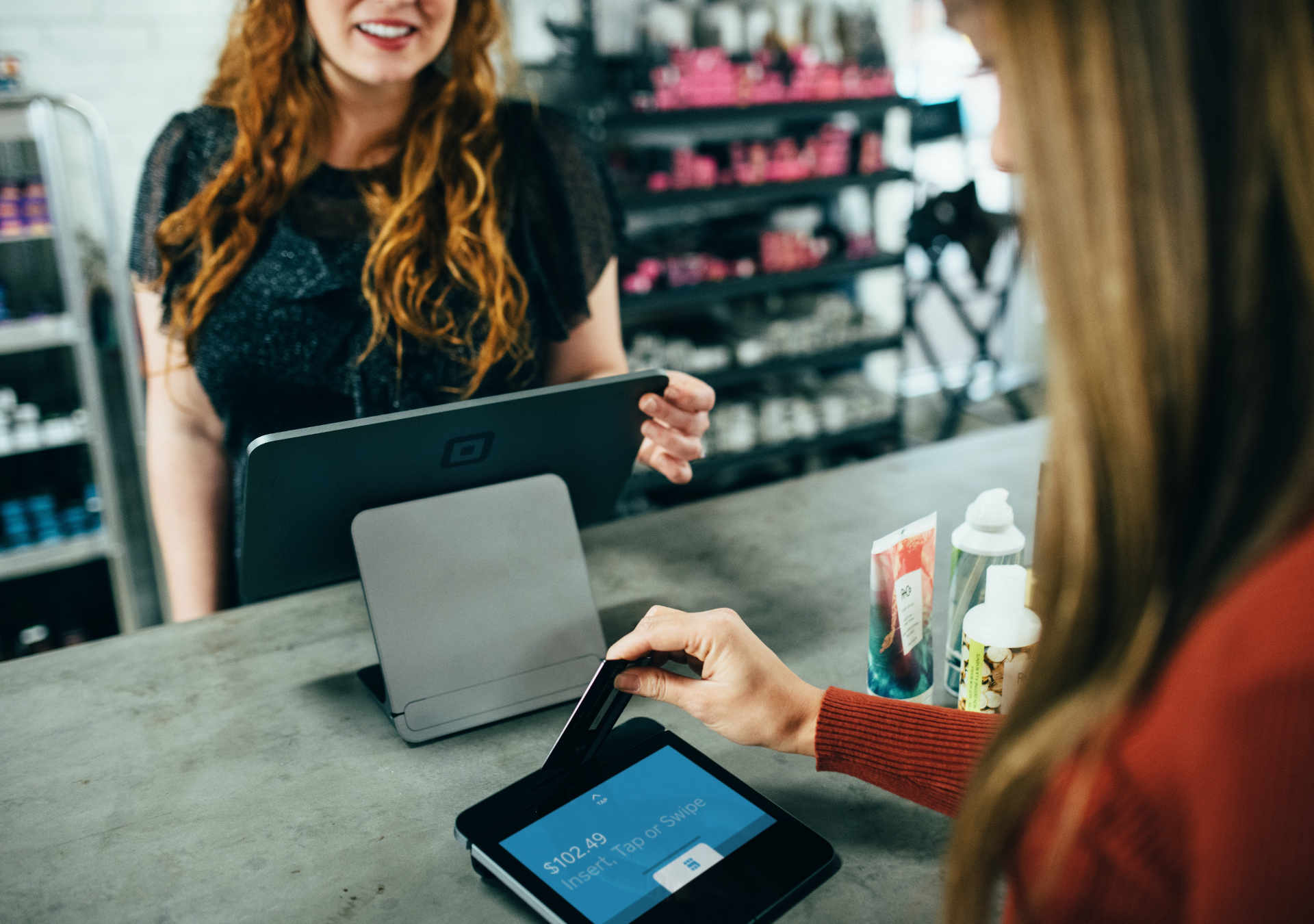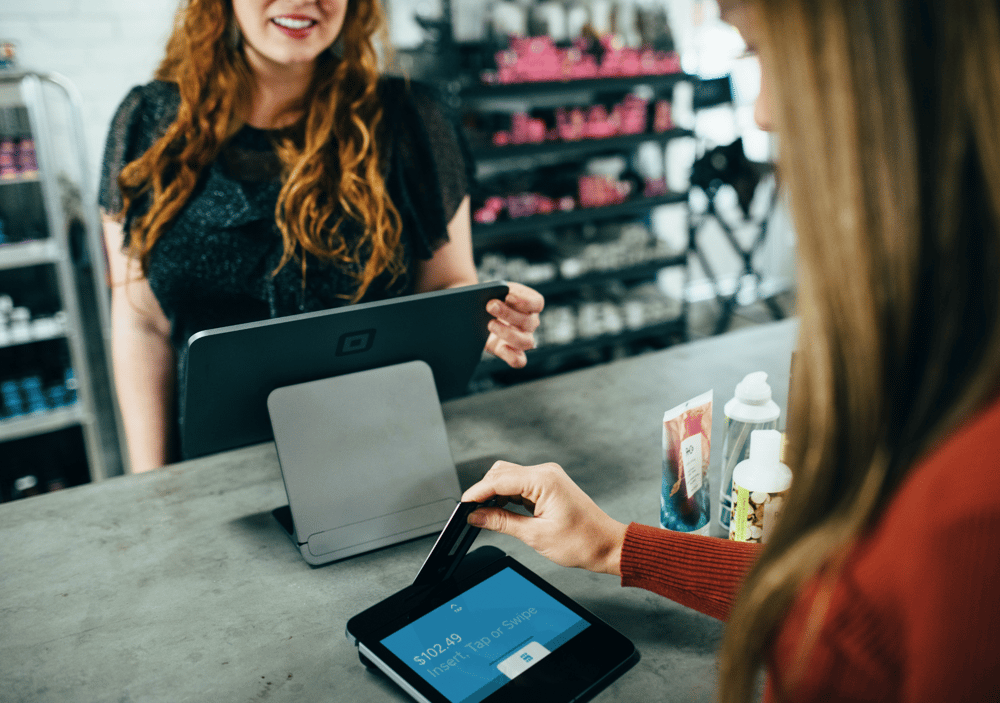Training your retail workforce isn’t an easy task. They’re constantly on the move and away from technology, working a variety of shifts and sometimes unsociable hours.
These challenges often cause retailers to neglect their training and development, with 59% of employees claiming they had no workplace training whatsoever.
But training your employees is vital to your company’s survival. Keep reading to find out why retail training is so important, and practical tips on how you can improve it.
Jump to:
1. Why is retail training important?
2. What types of retail training should be covered?
3. 5 ways to improve your retail training

Why is retail training important?
Getting your training right can lead to countless positive results that include:
1. Increased employee engagement
An engaged workforce should be a priority for any retailer looking to thrive because engagement is a prerequisite for things like employee motivation and productivity. 80% of employees say learning and development contributes to them feeling more engaged at work.
2. Increased productivity
Improved job performance is a natural byproduct of effectively trained staff. A study conducted by IBM found that a trained workforce are at a minimum 10% more productive. This makes sense - the ability to be productive hinges on whether or not an employee possesses the information necessary to succeed in their role.
3. Reduced churn
The retail sector has a serious churn problem. It has a 60% employee turnover rate and loses $19 billion a year recruiting and training new staff. Training and development can mitigate this. 86% of millennials—who make up 25% of the retail workforce—would consider remaining with their employer if training and development were offered. And those companies that invested in their learning programs saw a 53% decrease in employee attrition.
What types of training should you cover?
Your retail training should be comprehensive, and just some of the things you should look to cover are:
1. Onboarding
For the employees joining the company. Onboarding sets the tone and should equip your new starters with the skills needed to immediately thrive and feel supported in their role.
2. Product training
It helps if your sales team knows what they’re selling. Intimate knowledge of the product is an important part of the selling process and customer experience.
3. Sales training
All retailers want more sales. Excellent sales training can give you a team of elite sellers and drive company profits.
4. Culture training
Increasingly important as we grow more conscientious, and definitely one of the trickier things to get right. Effective culture training makes sure your workforce embodies your company’s values.

5 ways to improve your retail training
Now we’ve covered the importance of retail training, here are some tips on how to improve yours for better business outcomes.
1. Go digital
If looking to effectively train your retail workforce, age old corporate training methods will no longer cut it. Why?
How we learn and consume information has changed. We are a smartphone-reliant society, with more than 6 billion active smartphones in the world. The average American smartphone user checks their phone 344 times a day. They have irreversibly impacted and shaped our behavior and expectations. We now expect all facets of life to mirror the ease with which we consume information and interact with technology in our leisure time, including how we learn at work.
This is where mobile learning can help. We already use our mobiles for on-the-go learning—Google research estimates that 30% of people use their smartphones for research.
Adopting a mobile-based learning strategy makes training immediately accessible and better aligned with a retail worker's lifestyle. The numbers speak for themselves - mobile learning improves productivity by 43% and increases motivation to complete training by 70%.
2. Employ video
Video can be a powerful and effective way to present information. When video is presented in an engaging, short-form way, it offers a plethora of benefits to the learning process, such as:
Knowledge retention
It’s beneficial to the employer, employee, and customer if your workforce remembers what they were taught for as long as possible. Unfortunately, to truly commit something to long-term memory, it needs to be repeated. After 6 months, employees forget 90% of the information covered.
However, when videos are utilized, that number reduces to 65%. Additionally, some studies revealed that employees remember 20% of what they read and 80% of what they saw.
Better engagement
Ever since its invention, video has won the race for our attention. It’s like The Buggles said: “Video killed the radio star”.
According to Forrester Research, employees are 75% more likely to watch videos than to read documents or emails. So if you want your workforce to engage with the information, videos should be a focal point of your training.
3. Create employee-led content
Who knows what information your staff need better than your staff themselves? The best way to deliver highly impactful, role-relevant learning is through seeking feedback on current knowledge gaps through pulse surveys.
A retail workforce is a conglomerate of roles; part-time and full-time, team leader and sales associate. They require different levels of information that the ‘one-training-fits-all approach’ doesn’t account for - if you create blanket content, it’s likely it won’t be applicable to everyone—we all have unique learning needs.
The act of seeking feedback alone produces numerous favorable outcomes. The Hackman and Oldham model of motivation concludes feedback is a characteristic that enhances employee motivation. 44% of employees would also feel greater loyalty to a company that actively sought their feedback.
Improving the quality of your training material and retention aside, an additional benefit of seeking feedback to create learner-led content is improved workplace performance. When employees feel 'heard', they are 4.6 times more likely to perform at their best.
4. Measure the results
When planning your training program, you should first establish goals - e.g. reducing the length of processes, increasing employee productivity or achieving higher retention rates.
But you can't stop there - to know whether things are working, and measure ROI, you’ll need to look at certain metrics. The right mobile learning system should provide real-time analytics on things like training start date, progress, test scores, lesson completion rates, number of attempts on an assessment on individual and group levels, for you to measure month-on-month.
Not only will you then understand if your training worked, but you will also have a better understanding of what didn’t—allowing you to tweak accordingly. This will prevent you from misplacing your time in creating training that is too broad to benefit and empower your retail workforce.
5. Promote continuous learning
Almost half of frontline employees only receive training once a year. This severely impacts the ability of your frontline to perform to the standard expected - delivering sporadic, one-off training events reduce our likelihood of retaining knowledge.
The ‘forgetting curve’ shows we only recall 50% of the information the day after initial exposure so your people require information to be reinforced in order to remember it. Continuous learning—the practice of gaining new skills on an ongoing basis—approaches training as the ongoing endeavor it needs to be in order to improve performance.
Arguably the greatest reason to adopt continuous learning is simply that your employees value it. And, when employees feel that their employer is invested in their development, it has the knock-on effect of increasing their engagement and motivation levels.
This in turn influences retention - if you are perceived valuable as an employer, employees are less likely to leave. 59% of Millennials, who will will soon make up the majority of the workforce, rate personal development as 'extremely important'.
Are you ready to improve your retail staff training program?
Companies that have switched to eduMe to administer continuous learning to their employees are reaping the benefits, seeing results like a 200% increase in training completion rates and a 66% increase in sales within 3 months.
Get in touch with us now to learn how we can help👇






